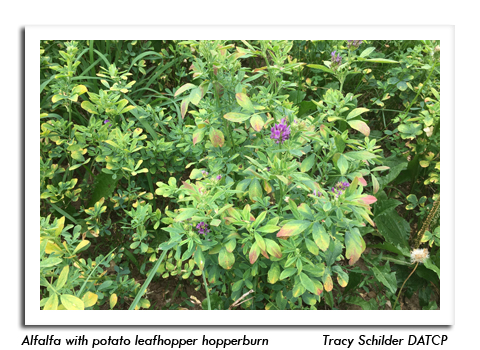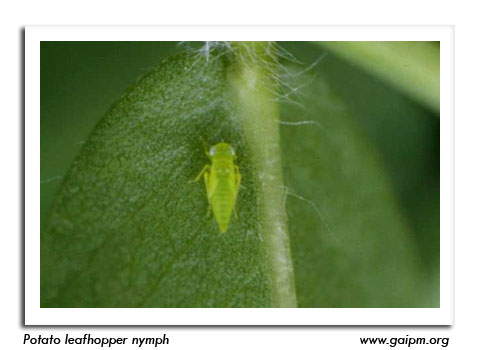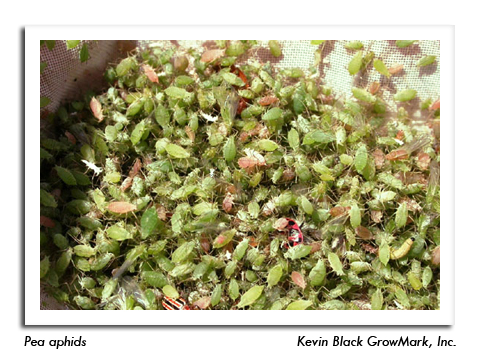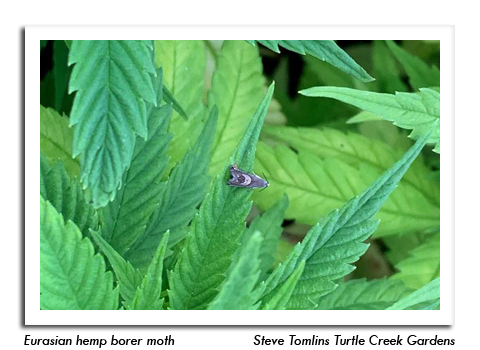Forages & Grains
Volume 64 Number 12 Date 07/18/2019
POTATO LEAFHOPPER - Counts in 56% of the fields surveyed this week were above the economic threshold of 2.0 leafhoppers per sweep for alfalfa 12 inches and taller. A few sites had very high averages of 5-6 leafhoppers per sweep, and moderate to severe hopperburn has become evident in fields with significant populations. The average across all sites sampled was 2.3 per sweep. Potato leafhopper pressure is also reportedly high in fruit and vegetable crops.
PEA APHID - Levels of this insect decreased in late June and are now very low. All alfalfa sampled in Buffalo, Chippewa, Eau Claire, Jackson and Trempealeau counties had counts below one aphid per sweep. Pea aphid counts usually decrease abruptly by mid-summer. The July 11-17 average of only 0.5 per sweep was unchanged from the previous week.
PLANT BUG - Counts of this pest in alfalfa remain unusually low for mid-July. Surveys conducted in the west-central area found 0-0.4 plant bugs per sweep (average 0.01 per sweep), which is very low in comparison to the economic threshold of five per sweep in alfalfa.
INDUSTRIAL HEMP
EURASIAN HEMP BORER - A report from Walworth County in southeastern Wisconsin notes that the second flight of moths began on July 18, although most EHB are currently in the pupal stage. In Polk County in the northwestern region, larvae are still in the late instars and will pupate in the next few days.
Industrial hemp growers who have observed EHB holes in plant stems are advised to scout their crops now to determine the approximate percentage of infested plants. If levels are high enough to warrant control, treatment of second-generation EHB larvae must target the newly hatched caterpillars before they bore into hemp stems. This narrow treatment window lasts only a few days and can only be determined by watching for the next emergence of EHB moths, which fly at dawn and dusk, and closely inspecting plants for the tiny larvae. A list of organic products available for hemp pest control in Wisconsin can be found at: https://datcp.wi.gov/Documents/IHPesticides.pdf
REDHEADED FLEA BEETLE - This flea beetle was observed on hemp this week in southeastern Wisconsin. Although the RHFB is not considered major threat to crops, locally high populations occasionally develop and may warrant control in rare situations. Hemp growers are advised to watch for an increase in beetle activity. Flea beetles typically hatch in July and August and feed on plants until September.
-- Krista Hamilton, DATCP Entomologist











